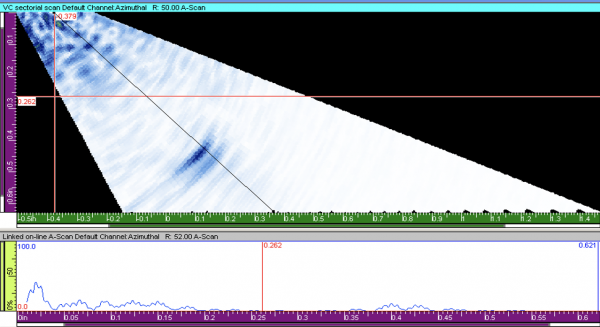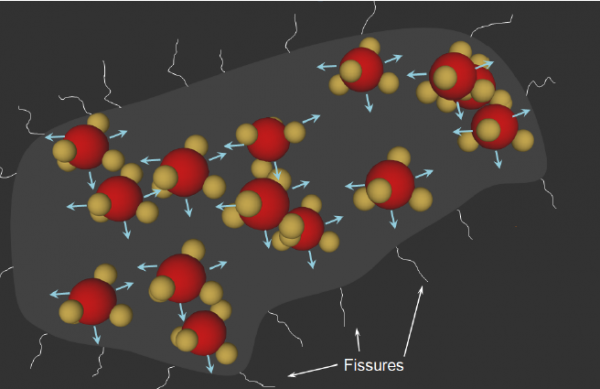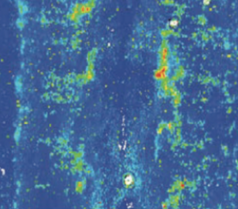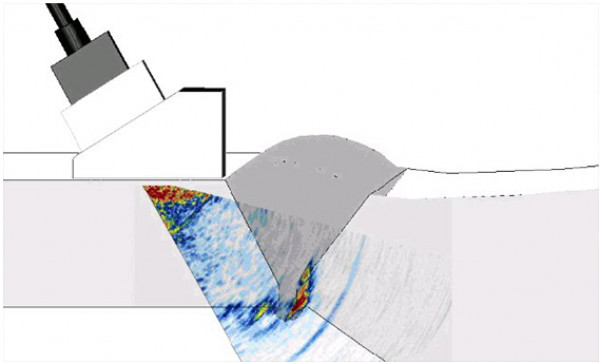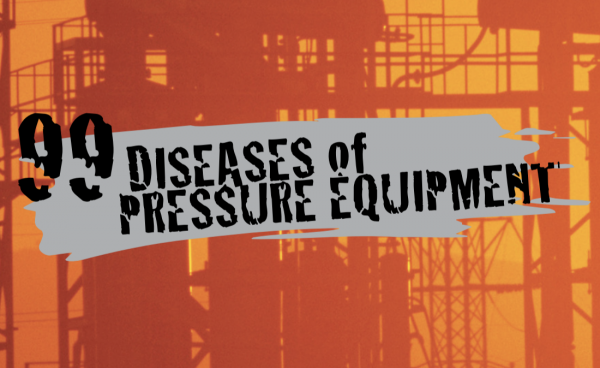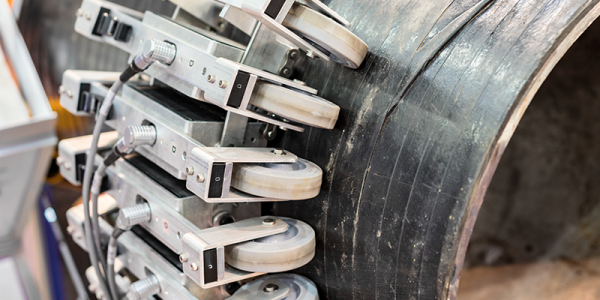Time of Flight Diffraction (TOFD) is a reliable method of nondestructive ultrasonic testing (UT) used to look for flaws in welds. TOFD uses the time of flight of an ultrasonic pulse to find the location of a reflector. It can also be used for weld overlays and the heat affected zones of other components as well such as piping, pressure vessels, clad material, storage tanks, and structural steel.
Like most UT methods, TOFD works by emitting sound waves into a component and measuring the time from them to return. What makes TOFD different from other UT methods is that, rather than measuring only for the high amplitude sound waves that reflects off of the back of the component, it instead measures the response time of low amplitude waves that are diffracted by the tips of cracks.
To do this, TOFD uses a pair of ultrasonic transducers, one as a transmitter and the other as a receiver. The low frequency waves propagate at an angle and only diffract back to the receiver if they hit a defect. If this happens, the time it takes for both waves to make it to the receiver can be used to create a complete image of the weld and identify the size and location of the damage.
TOFD is one of the fastest methods of nondestructive testing because, unlike other types of UT methods, generally only one scan is required to find any defect information within the weld. It can locate and measure the size of many different types of defects with incredible precision. It also has a high degree of repeatability. Because of this, the growth of any flaws can be tracked over time. Finally, it is able to detect damage which would traditionally only be able to be detected through other techniques, such as pulse echo or radiography.
Related Topics
- Internal Rotating Inspection System (IRIS)
- Long Range Ultrasonic Testing (LRUT)
- Phased Array Ultrasonic Testing (PAUT)
- Rapid Ultrasonic Gridding (RUG)
Relevant Links
Topic Tools
Share this Topic
Contribute to Definition
We welcome updates to this Integripedia definition from the Inspectioneering community. Click the link below to submit any recommended changes for Inspectioneering's team of editors to review.
Contribute to Definition


